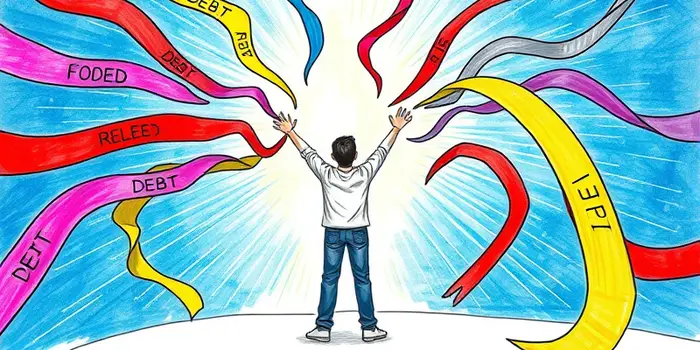
Managing multiple debts can feel overwhelming, with each bill demanding attention and each due date causing stress. Consolidating debts offers a pathway to streamlined financial control and renewed confidence.
Debt consolidation is the process of combining multiple unsecured debts—such as credit cards, personal loans, and medical bills—into a single loan or line of credit. This unified approach aims to secure a lower interest rate and establish one consistent monthly payment.
Common consolidation methods include personal loans, balance transfer credit cards, and home equity lines of credit. Each option carries distinct features and requirements, allowing borrowers to choose the solution that best aligns with their financial situations and goals.
When executed effectively, debt consolidation delivers several compelling advantages:
By focusing your payments on a consolidated loan, you channel more of each installment toward the principal balance, accelerating your journey to becoming debt-free.
Concrete numbers often make the benefits clearer. Consider an example where an individual carries $11,000 in credit card debt at an average APR of 20%. Over five years, they might pay $6,485.96 in interest. A 7% APR consolidation loan on the same balance reduces interest to $2,068.79, saving over $4,400.
Another scenario: a $15,000 balance at 23% APR versus a 13% consolidation loan. The lower rate can save approximately $8,268 in interest and shorten the payoff term by a year. These real-world figures demonstrate the tangible value of consolidation.
Debt consolidation is not a one-size-fits-all remedy. Ideal candidates typically share the following traits:
If you fit these criteria, consolidation might simplify your obligations and accelerate your payoff timeline.
While consolidation brings many positives, it also presents risks:
Evaluate fees, interest rates, and your ability to maintain disciplined repayment before proceeding.
Embarking on debt consolidation requires a clear plan:
Maintaining financial discipline is the cornerstone of consolidation success.
If consolidation is not viable, consider these strategies:
Debt management plans arrange negotiated rates and payments through nonprofit counseling agencies. The agency distributes your payments to creditors, simplifying the process without new loans.
Snowball or avalanche methods attack debts one at a time: the snowball targets the smallest balance first, while the avalanche prioritizes the highest interest rate. Both can build momentum and motivation.
The relief of seeing a single balance decrease each month can reduce anxiety and restore confidence. Tracking progress becomes straightforward, reinforcing positive financial behaviors. As debts fall away, funds once earmarked for multiple payments can bolster emergency savings or investments.
Debt consolidation offers a powerful toolkit for anyone burdened by multiple high-interest debts. By transforming scattered obligations into one clear repayment plan, you gain control, reduce costs, and move steadily toward financial freedom. Whether through a personal loan, balance transfer card, or home equity line, consolidation can be the turning point in your journey to fiscal well-being.
References













